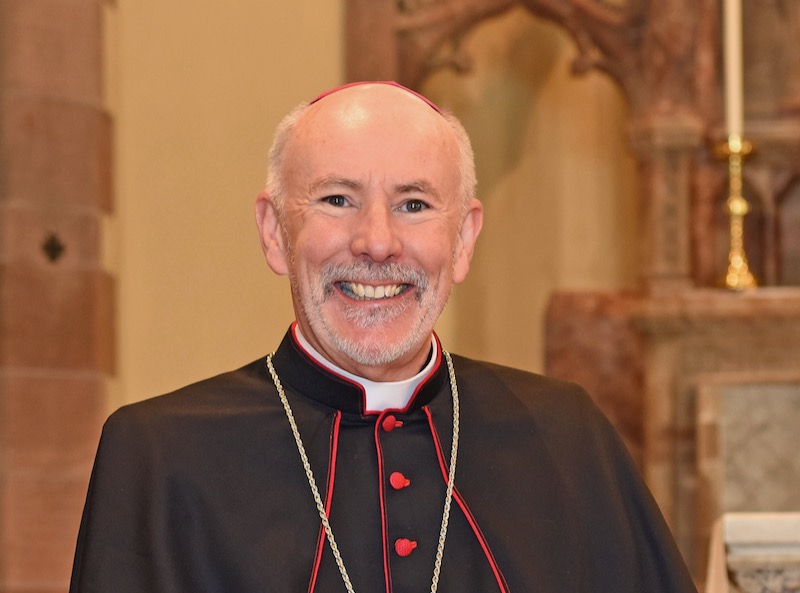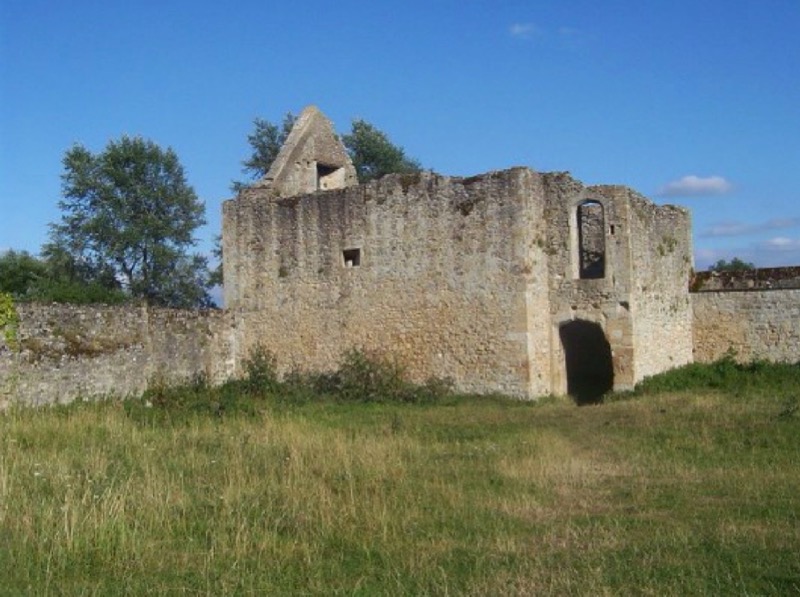Excavations in Oxford have unearthed the site of a college “lost” since the mid-sixteenth century.
St Mary’s College, a foundation of Augustinian canons, was founded in 1435, but barely a century later it had fallen into disrepair and disappeared from the records amidst the turmoil of the English Reformation.
A team from Oxford Archaeology discovered the limestone foundations of the college near New Inn Hall Street, in Brasenose College’s Frewin Annexe. The site, in the west of Oxford’s city centre, has been continually occupied since the eleventh century, with evidence of a Norman manor house preceding the Augustinian establishment. The vaulted basement of Frewin Hall is one of the oldest buildings still in use in the city.
Augustinian canons had a significant presence in medieval Oxford. Osney Abbey, the parent house to the college, lay on a large site to the west, near the current railway station, and the canons are believed to have engineered the navigation of the Thames around Osney Island. Another house, St Frideswide’s Priory, became the basis for Christ Church.
The order established St Mary’s College in the mid-fifteenth century, around the time of the foundations of Lincoln and Magdalen colleges, as a residence for canons attending lectures at the university.
The slow construction of the college was accelerated in the early sixteenth century by the patronage of Henry VIII’s chief minister Cardinal Wolsey, and the archaeologists believe that the foundations discovered date from this period. At the same time, Wolsey was conducting the dissolution of St Frideswide’s Priory to make way for his own foundation, “Cardinal College”, which became Christ Church after his fall from grace and death in 1529.
By the 1530s St Mary’s included a substantial two-storey library and chapel. Other discoveries of butchered animal bones and charcoal indicate the possible location of the college kitchens.
The dissolution of the monasteries via a series of Acts of Parliament from 1535 spelled the end of the college. Osney Abbey was surrendered to the Crown in 1539, and by the 1540s had fallen into ruin, plundered for building materials. “Great Tom”, the abbey bell, now hangs in Christ Church’s Tom Tower. St Mary’s College disappeared from the records.
Archaeologists are excavating the site prior to the construction of thirty new student flats for Brasenose College. “It has been a place of education for six hundred years, and our beautiful new building will continue that tradition,” said Llewellyn Morgan, a fellow of Brasenose. Planning regulations to protect the Oxford skyline lead to intense development on colleges’ inner-city plots, but they are obliged by law to commission archaeological digs before any work begins.



 Loading ...
Loading ...